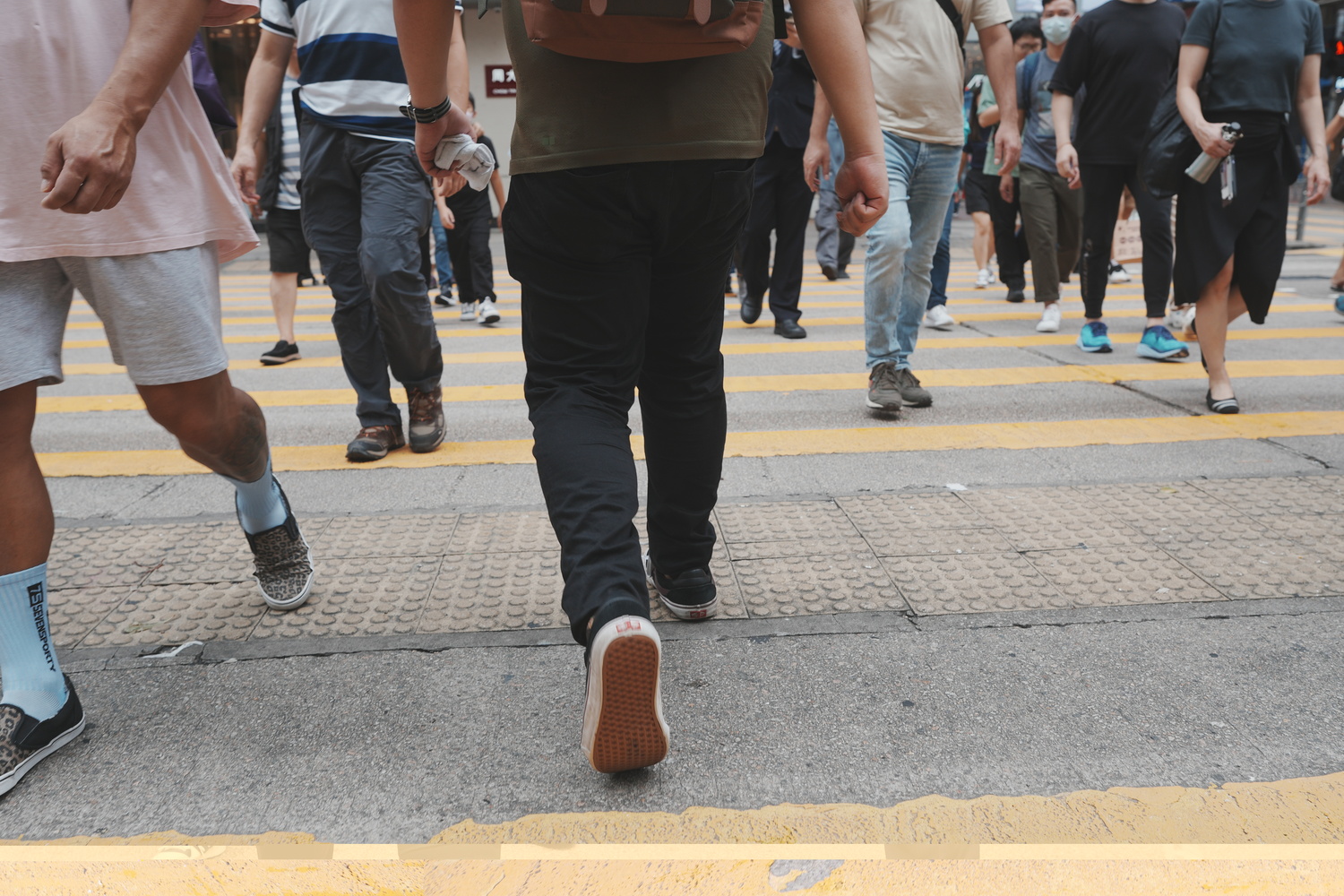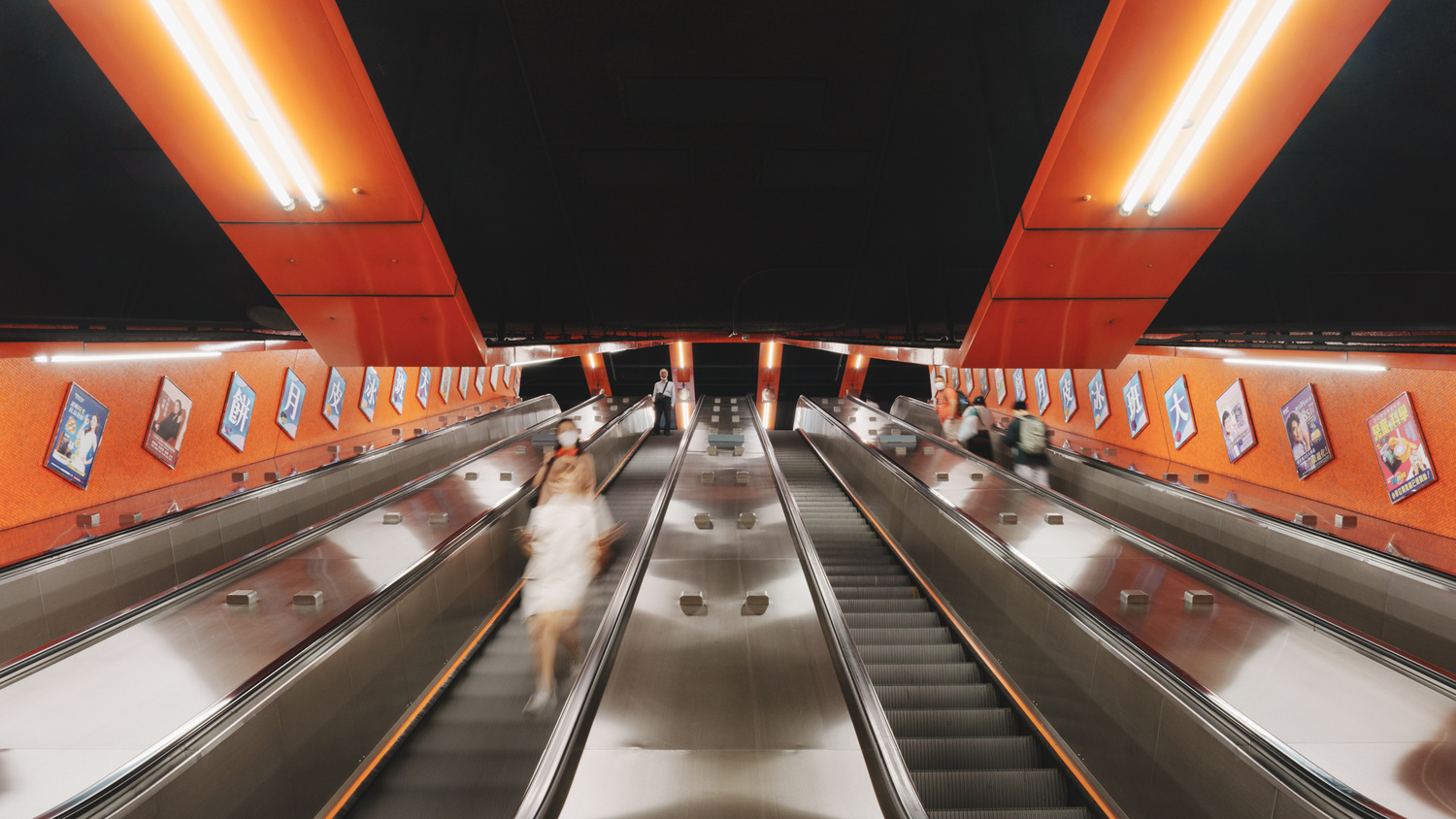For a lot of photographers, the act of traveling is a double-edged sword. We travel to be able to see the world and draw as much inspiration as we can from everything we see and experience. At the same time, the act of traveling often requires pushing out of our comfort zones and leaving behind a lot of the things that allow us to operate with fewer worries and limitations.
Traveling often involves the unpredictability of new surroundings, the randomness of photographic subjects, and the requirements (and limitations) of our gear. Travel is a huge equalizer that requires a lot of planning and a lot of energy to make sure that the experience is both productive and refreshing at the same time. Here are four things to keep in mind that might help you make the most out of your travel experiences no matter where you are going.
1. Don’t Let Unfavorable Weather Stop You
A lot of photographers get discouraged when the condition outdoors don’t seem to be optimal for photography. One reality that many of us have to accept is that the weather won’t always be pleasant, but that doesn’t mean that there won’t be anything worth photographing. Of course, one should always prioritize safety when the natural environment becomes dangerous, but for days when clouds cover the sky and maybe even a bit of intermittent rain falls, it might just be advantageous for you to push yourself to go out and make the most out of the day. This is especially true for trips with very limited time because you probably want to make the most out of the time, effort, and money that you dedicated for such an experience.

When we travel for the sake of photography, we do so with a wide variety of photographic goals. Personally, I spend my time yearning to see and photograph beautiful places around the world, both natural and man-made. Other people like to travel to photograph scenes on the streets, faces of the people they meet, and unique objects that represent and tell stories of that particular place. One important thing to remember is that these stories never stop due to bad weather. People in a particular place continue their way of life amidst gloomy and cloudy skies. Landscapes have distinctly unique appearances even in rough weather, and city life goes on to glow even on a rainy night.

While the weather may change what you see and photograph, it doesn’t meant that there isn’t anything to capture at all. If you find ways to continue exploring a place even when the conditions are not what you expected, and you learn to adapt to what the place is offering to show you for that particular day, you will never run out of discoveries and stories to tell.
2. Give Yourself Some Wiggle Room
As travelers and even as photographers, we are told to always plan, plan, and plan. With limited time in a particular place, there is, of course, undeniable value in having a solid plan on when and where to go at a certain time in order to make the most out of your trip. However, we also have the tendency to be too fixated on following a schedule and simply getting from one place to another that we forget to actually experience the place and gather personal memories along the way.

We must always remember that there is so much value in allowing yourself to get lost (to an extent) in order to feed your curiosity and make memorable discoveries. It is, of course, not advisable to start a trip with absolutely no plans, but it’s great to know when you can take a few steps back and play things by ear.

In our recent trip to Hong Kong, we made a simple list of the things we wanted to see and the places we wanted to photograph. We put them in no particular order and assessed what was feasible on one particular day and basically chose where we felt like going. At the same time, we gave ourselves a couple of hours in the afternoon to see new and random places where we don’t even know what we will see. With just four days in the city, we can definitely say that we made the most of the experience because our craving to do photography in the city was satisfied equally by the shots that we planned to do and the scenes and stories that we stumbled upon along the way.
3. Don’t Forget To Be a Tourist
It’s important to take into consideration everything that you need to be able to survive being away from home for a few days. Of course, one of the most basic steps is arranging for transportation and lodging, and both of them have so much impact on your overall experience. Remember that being in a place where you don’t feel safe or comfortable will affect every other aspect of your trip, which is why it is definitely reasonable to pay for a little extra comfort if you can afford it.

You’re also inevitably going to have to eat, which is why it makes sense to also explore when it comes to food. This doesn’t really mean that you should splurge on the most expensive restaurants, but instead, make the search for good memorable food part of your exploration. Travel guides and articles will probably tell you all the popular places, but it’s also beneficial to ask locals where they like to eat around the area. If you’re into other things worth checking out such as coffee, tea, or even shopping, these give you opportunities to rest for a few minutes while still experiencing life in the place you’re visiting.
4. Connect With People
In most travel destinations, it is inevitable that you will meet people along the way. The world may be beautiful on its own, but a lot of the things we photograph when we travel are due to how people bring places to life. No matter where you go, you never lose anything by meeting people and making new friends.
 Everywhere you go, you will meet people who embody the identity of the place that you’re visiting — people who work at hotels and restaurants, fellow travelers, or random strangers living their daily lives. If you’re looking for unique stories and if you want to learn about a place on a deeper level, it will be from the stories of the people around you.
Everywhere you go, you will meet people who embody the identity of the place that you’re visiting — people who work at hotels and restaurants, fellow travelers, or random strangers living their daily lives. If you’re looking for unique stories and if you want to learn about a place on a deeper level, it will be from the stories of the people around you.

At the same time, in a world where communication happens very quickly no matter the distance, it is very likely that you have talked to or even worked with people from this new place that you are visiting. Taking a few hours to meet with them in person and learning about them and their place will literally open more doors for you.
Traveling for photography can be both relaxing and stressful at the same time. When your passion to take photos bring you around the world and push you to leave your comfort zone, making the most out of the trip should also mean giving yourself room to be comfortable enough to actually enjoy the experience.







I was really hoping that this article would end with a question or two, so as to initiate commenting and interaction.
FOR THE AUTHOR:
It may not be too late ..... do you have any questions you would like to ask us about traveling for photography?
You’re always welcome to pitch in your opinion and own experiences, Tom. That’s why we have the comment section but while we’re here, do you have anything you want to add to the points above? :)
Thanks for asking, Nicco
You discuss so many things that are of particular interest to me that I honestly don't know where to start or which point to respond to!
I spend a lot of time traveling for wildlife photography, about 20 weeks each year. So all of the things you discuss about traveling hit home with me because they are such an integral part of my life.
Section #4, "Connect with People" contains a lot of things that I very much agree with.
When I travel, I usually reach out to locals beforehand, via the internet and the phone, and have some conversations with wildlife photographers who live in the area I will be traveling to. I try to get to know them and I ask questions about the species that I am interested in photographing and what the opportunities are like. Then we inevitably meet up and shoot together when I am there in their area.
I also try to stay in someone's home instead of booking a hotel room. There are many people who advertise a spare bedroom for rent by the day or week on Craigslist, and that is how I find lodging.
When in northern Minnesota back in February, I got to chatting with my waitress at the little diner and it turns out she had an extra bedroom in her home and she asked if I wanted to stay there. It was located right in the heart of the remote area I was photographing in, so compared to the nearest hotel, it saved me an hour drive each morning and another hour drive each evening. And she only charged me $40/night! We became good friends and we stay in touch regularly. Of course she introduced me to some friends of hers, who I also became friends with, so now I have a group of friends way up in northern Minnesota that I will connect with on future trips to photograph winter birds there.
The same type of thing has happened in Colorado, Montana, southern Arizona, northern California, and New Jersey ..... little groups of friends and kindred spirits in various areas all around the country, so that I get to interact with the locals in a more intimate way than a true "outsider" would.
Next spring I hope to explore extreme southern Texas, and my first objective will be to form deep connections with people who live there.
A great fast read. Thanks for the tips! I would also add to this of waking up early and going to bed late especially is your time is limited in any one local. Early mornings and a late nights often provide a number of photographic opportunities regardless of locations (city or countryside).
When the days are long in the northern hemisphere in the summer, I often take a good long nap in the early afternoon, because catching sunrise means getting up at 4am and shooting the evening golden hour and blue hour means not getting back to my sleeping quarters until 11pm. The naps become essential and enable me to be awake at the best times of the day for photography.
Other times of year when the days are short, naps aren't necessary at all.